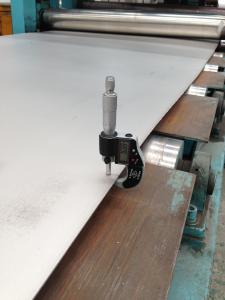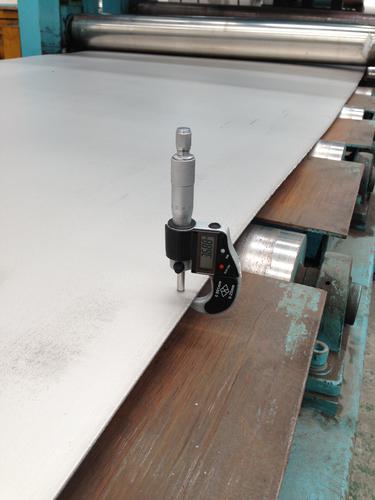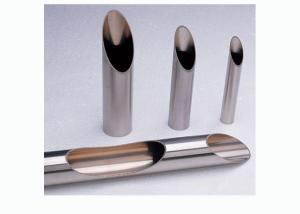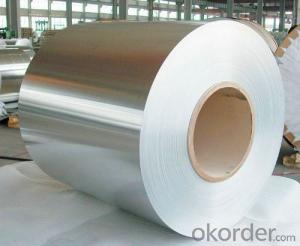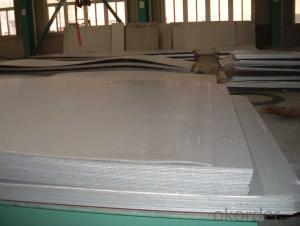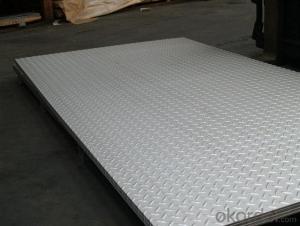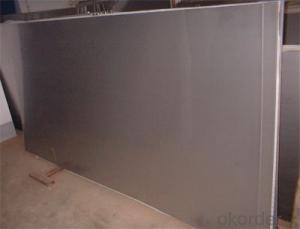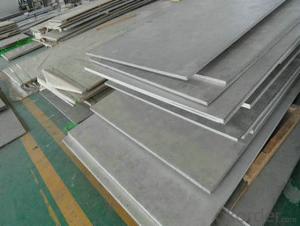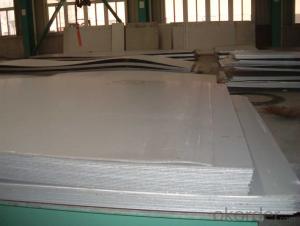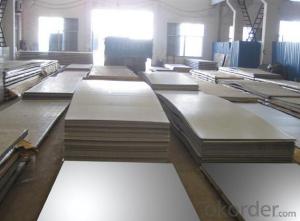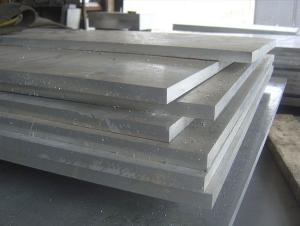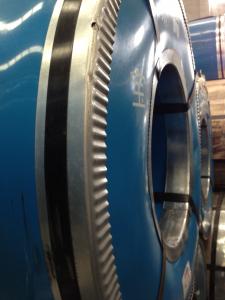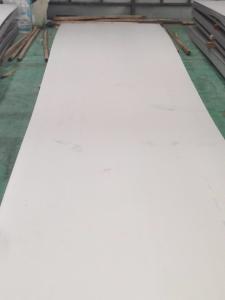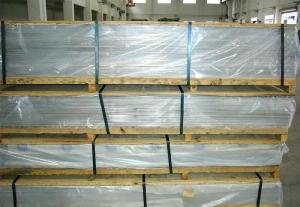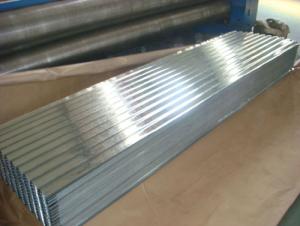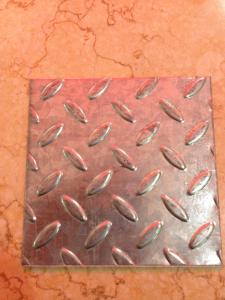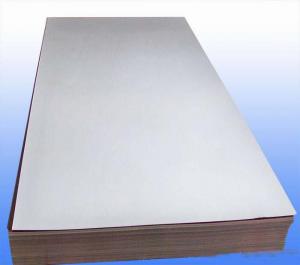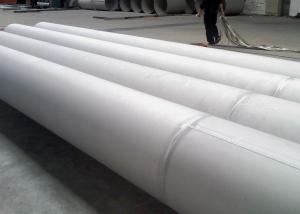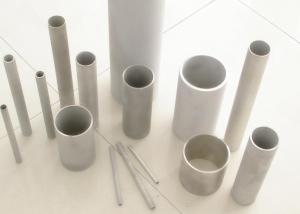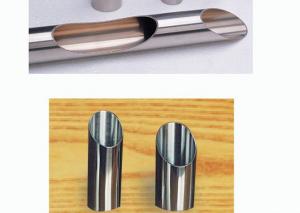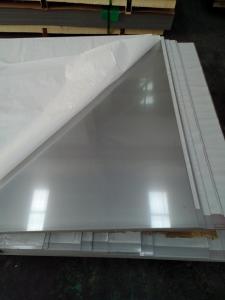Stainless Steel Sheet With Best Price With Different Grades
- Loading Port:
- Tianjin
- Payment Terms:
- TT or LC
- Min Order Qty:
- 2 m.t.
- Supply Capability:
- 5000 m.t./month
OKorder Service Pledge
OKorder Financial Service
You Might Also Like
1.Structure of Product Description
There are many different grades, such as: 200 series, 300 series, 400 series, 900series, etc. The detailed grade are as follows: 201, 202, 301, 304, 316, 410, 420, 430, etc.
The surface is including 2B, BA, Mirror Finish, Checkered, etc.
2. Main features of the product
a. Competitive price
b. Frist-Class Service.
c. Shortest service.
3. Image.
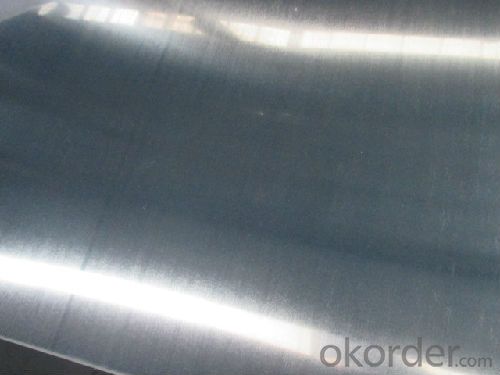
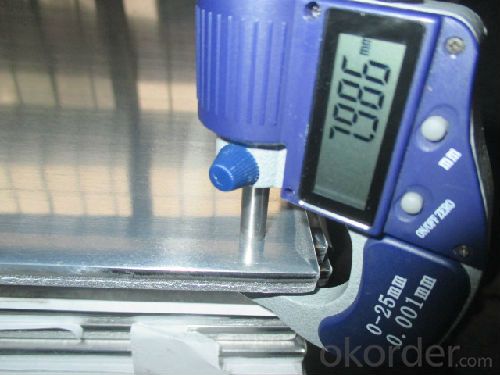
4. Product detailed sizes:
1000mm*2000mm, 1219mm*2438mm,1220mm*2440mm, 1250mm*2500mm,1500mm*3000mm, etc.
5. FAQ:
What is the quality standard?
---Usually our standard is GB3880-2006 or else.
---Normally it is around 3 tons/each size.
How many tons did you export in one year?
---Normally it is around 9000 tons totally.
Where is your client from?
---Normally it is from Japan, USA, ENGLISH, SINGAPORE, ETC.
What is your mainly products?
---Normally they are stainless steel sheet, stainless steel coil, stainless steel checkered sheet, stainless steel mirror finished sheet, color coated stainless steel sheet, etc.
- Q: How are stainless steel sheets produced?
- Stainless steel sheets are produced through a series of manufacturing processes that involve various stages. The production of stainless steel sheets typically begins by melting raw materials such as iron ore, coal, and limestone in a blast furnace. This process is known as primary steelmaking and results in the production of molten iron. The molten iron is then transferred to a basic oxygen furnace (BOF) or electric arc furnace (EAF) where it is mixed with scrap steel and other alloys to adjust the desired chemical composition. The molten mixture undergoes a refining process to remove impurities and achieve the desired quality of stainless steel. Once the refining process is complete, the molten stainless steel is cast into slabs or billets. These large blocks of solidified metal are then heated and rolled into thin sheets through a process called hot rolling. Hot rolling involves passing the stainless steel through a series of rollers to reduce its thickness and shape it into the desired dimensions. After hot rolling, the stainless steel sheets undergo a process known as annealing. This process involves heating the sheets to a specific temperature and allowing them to cool slowly. Annealing helps to relieve internal stresses and improve the material's mechanical properties, such as strength and ductility. Following annealing, the stainless steel sheets may undergo further processing such as cold rolling, which involves passing the sheets through a series of rollers at room temperature to achieve the desired thickness and surface finish. Cold rolling also enhances the stainless steel's mechanical properties and improves its surface quality. Once the sheets have been cold rolled, they are typically coated with a protective film or passivation layer to prevent corrosion. This film acts as a barrier against environmental factors and helps maintain the longevity of the stainless steel sheets. Finally, the stainless steel sheets are cut into the desired sizes and shapes using various cutting techniques such as shearing or laser cutting. The sheets may undergo additional surface treatments, such as polishing or brushing, to achieve the desired aesthetic appearance. In summary, stainless steel sheets are produced by melting raw materials, refining the molten metal, casting it into slabs, hot rolling to reduce thickness, annealing to improve properties, cold rolling for further refinement, coating for corrosion resistance, and finally cutting and surface treatment to achieve the desired product.
- Q: Can stainless steel sheets be used in food processing or medical applications?
- Stainless steel sheets have the capability to be utilized in food processing and medical applications. The reason behind its popularity in these industries is its outstanding resistance to corrosion, high durability, and effortless cleaning properties. The material is able to withstand chemical reactions, ensuring safety when it comes into contact with food and medical equipment. Commonly employed in food processing equipment, storage tanks, countertops, and surgical instruments, stainless steel sheets conform to the strict hygiene standards mandated in the food and medical sectors, thus establishing themselves as a dependable and fitting material for these applications.
- Q: Which is better, stainless steel plate kitchen?
- Classification according to functional characteristics can be divided into non-magnetic stainless steel, easy to cut stainless steel, low temperature stainless steel, high strength stainless steel and so on. Because the stainless steel material with excellent corrosion resistance, formability, and compatibility in a wide temperature range, strong toughness characteristics, so get widely used in heavy industry, light industry, supplies industry and construction decoration industry.
- Q: Can stainless steel sheets be used for heat exchangers?
- Yes, stainless steel sheets can be used for heat exchangers. Stainless steel has excellent corrosion resistance, high thermal conductivity, and good mechanical properties, making it an ideal material choice for heat exchanger applications.
- Q: Can stainless steel sheets be used for conveyor systems?
- Yes, stainless steel sheets can be used for conveyor systems. Stainless steel is a durable and corrosion-resistant material, making it suitable for conveyor systems that require high strength and hygiene standards. Its smooth surface also allows for easy cleaning and maintenance, making it an ideal choice for industries such as food processing, pharmaceuticals, and automotive manufacturing.
- Q: Can stainless steel sheets be used for elevator handrails?
- Yes, stainless steel sheets can be used for elevator handrails. Stainless steel is a popular choice for handrails due to its durability, corrosion resistance, and aesthetic appeal. It provides a sleek and modern look, making it a suitable material for elevator handrails.
- Q: Can stainless steel sheets be used for escalator steps?
- Yes, stainless steel sheets can be used for escalator steps. Stainless steel is a popular choice for escalator steps because it is durable, corrosion-resistant, and easy to clean. It also provides a sleek and modern appearance.
- Q: What is the stainless steel grid board? What areas of stainless steel mesh panels are used in?
- Stainless steel grid plate, also called stainless steel steel grid plate, the two are the same product, just name different
- Q: What is the fire resistance rating of stainless steel sheets?
- The fire resistance rating of stainless steel sheets varies depending on their thickness and grade, but generally, stainless steel exhibits good fire resistance properties due to its high melting point and low thermal conductivity.
- Q: Can stainless steel sheets be custom-cut?
- Stainless steel sheets have the capability to be tailored to specific sizes and dimensions. This adaptable material can be easily molded and formed to meet individual needs. The custom-cutting of stainless steel sheets is widely practiced across multiple industries, including construction, manufacturing, and fabrication. This procedure guarantees a precise fit for various purposes, such as architectural projects, machinery components, or kitchen equipment. Expert metal fabricators or specialized service providers commonly employ advanced techniques like laser cutting, waterjet cutting, or shearing to accurately customize stainless steel sheets according to desired specifications.
Send your message to us
Stainless Steel Sheet With Best Price With Different Grades
- Loading Port:
- Tianjin
- Payment Terms:
- TT or LC
- Min Order Qty:
- 2 m.t.
- Supply Capability:
- 5000 m.t./month
OKorder Service Pledge
OKorder Financial Service
Similar products
Hot products
Hot Searches
Related keywords
